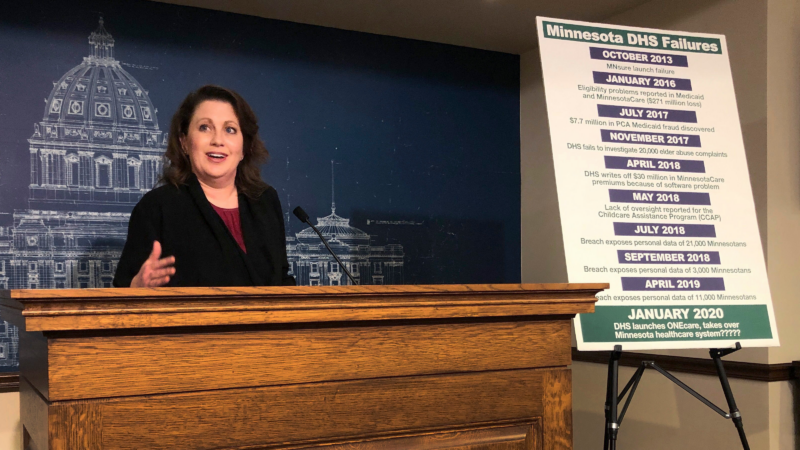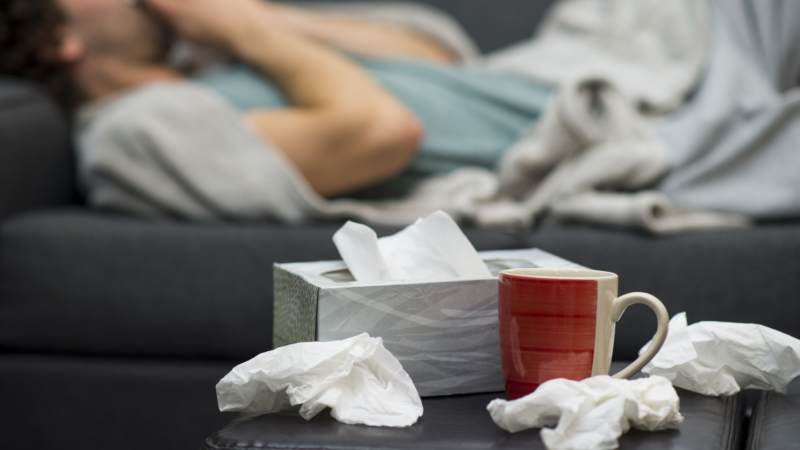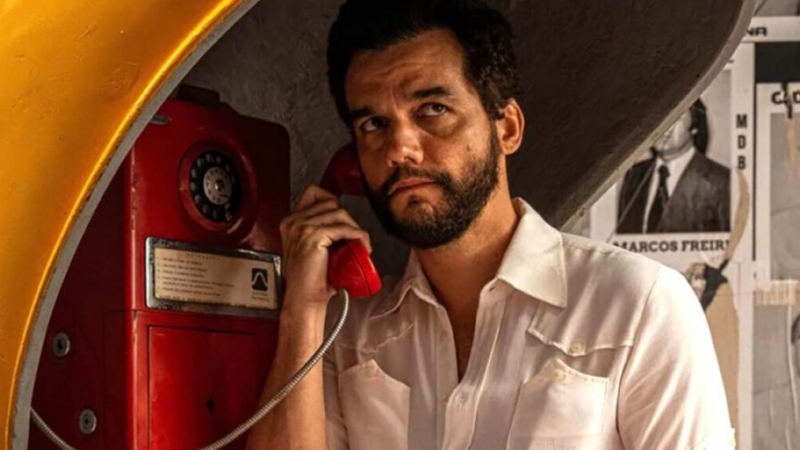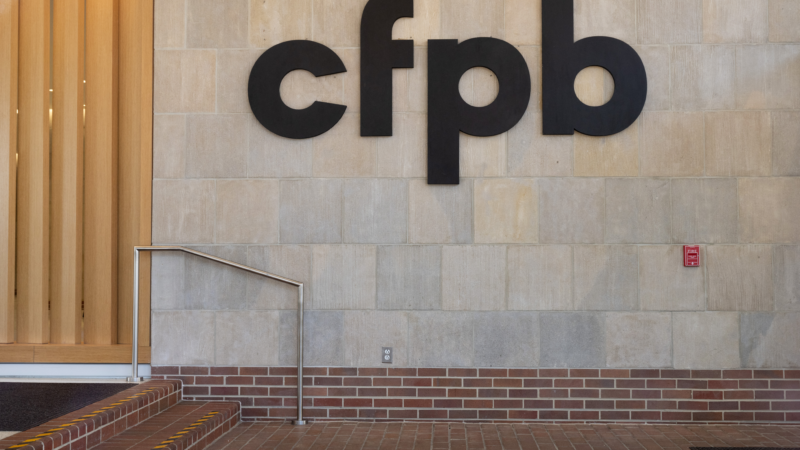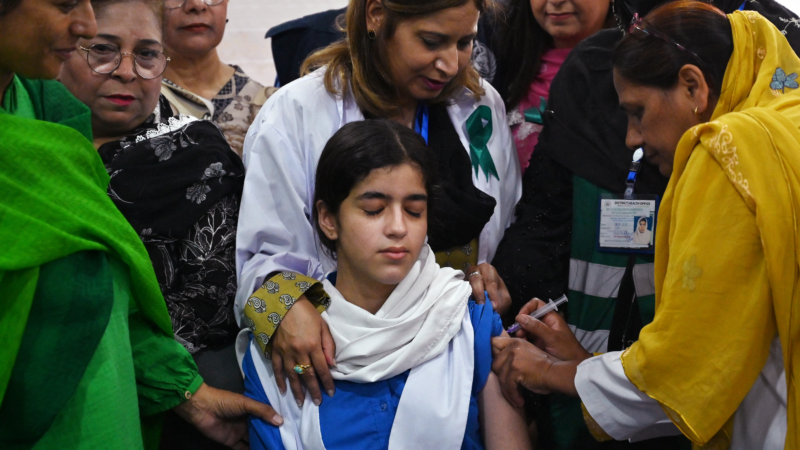Ancient miasma theory may help explain Health Secretary Robert F. Kennedy Jr.’s vaccine moves
Health Secretary Robert F. Kennedy Jr. has upended medical research and public health in the U.S. in many ways. One of the ideas that could be influencing his overhaul of federal health agencies dates back to ancient Greece.
The miasma theory is one of the first ideas that civilization hatched to try to explain why people get sick.
“It goes back to Hippocrates,” says Dr. Howard Markel, an emeritus professor of medical history from the University of Michigan, Ann Arbor. “He wrote in a book called Epidemics, that epidemics came from some type of pollution – some pollution of the atmosphere, of the air that we breathe. And hence we got terrible infectious diseases.”
This idea that, in essence, bad air caused illness was later championed by many others, including Florence Nightingale. It also led to some things that did help fight diseases, like cleaning up sewage.
But then came the germ theory — one of humanity’s big eureka moments. Scientists like Louis Pasteur and Robert Koch discovered it wasn’t some mysterious stench in the air from rotting garbage that spread diseases. Instead, it was living microscopic entities.
“They discovered what we know as germs – microbes,” says Melanie Kiechle, a historian at Virginia Tech. “Bacteria and viruses and other microscopic materials were actually what caused illness and also explained the spread of illness from one person to another. So miasma theory is debunked, essentially.”
The discovery of germs led to breakthroughs like antibiotics and vaccines.
But in a book Kennedy published about four years ago, The Real Anthony Fauci: Bill Gates, Big Pharma, and the Global War on Democracy and Public Health, the now- health secretary harkens back to the miasma theory.
“Miasma theory emphasizes preventing disease by fortifying the immune system through nutrition and reducing exposures to environmental toxins and stresses,” Kennedy writes.
But experts say one problem is how Kennedy defines miasma theory.
“I will categorically say that miasma theory, as historians of medicine and science understand it, is not what he is saying it is, period,” says Nancy Tomes, a historian of germ theory at Stoney Brook University, who wrote The Gospel of Germs: Men, Women and the Microbe in American Life.
But Kennedy’s take may help explain some of his policies, especially about vaccines.
“The miasma theory is the notion that there are environmental poisons, not necessarily rotting organic matter,” says Dr. Paul Offit, a vaccine expert at the University of Pennsylvania. “For him, those environmental poisons are electromagnetic radiation, pesticides, vaccines. Vaccines are, for him, a modern-day miasma.”
And that’s dangerous, many experts say.
“Can stress, air pollution, other things, make infections worse? Yes. But the cause of infections is a microorganism,” says Dr. Tina Tan, who heads the Infectious Disease Society of America. “It’s the microorganisms that are making people sick.”
And vaccines have clearly been shown to safely and effectively protect people against dangerous microorganisms, Tan and others say.
“He’s trying to give this false veneer of intellectualism by saying, ‘Oh, the miasma theory,'” says Dr. Amesh Adalja, a senior scholar at the Johns Hopkins Bloomberg School of Public Health Center for Health Security. “This all just obfuscation to support his idea that vaccines are not valuable.”
But some other observers argue that Kennedy’s ideas about the miasma and germ theories aren’t necessarily mutually exclusive.
“The real debate here is whether we can solve public health problems by developing treatments like vaccines, antibiotics, or other drugs? Or whether we will solve these problems by strengthening people’s immune systems through healthier habits?” says Gregg Girvan, a resident fellow at the Foundation for Research on Equal Opportunity, a Washington think tank. “And my response is, ‘Why can we not acknowledge that there is truth in both positions?'”
Kennedy’s office did not respond to NPR’s request for more information about his views about the miasma and germ theories.
Trump administration says it’s freezing child care funds to Minnesota
President Trump's administration announced that it's freezing child care funds to Minnesota after a series of fraud schemes in recent years.
Flu cases are surging and rates will likely get worse, new CDC data shows
Flu season is off to a rough start this year, according to new CDC data. The virus is spreading faster than in previous years and the surge is likely to get worse. Here's what you need to know.
10 passion projects that stood out at the movies this year
NPR critic Bob Mondello narrows down his favorite movies of the year — the ones that made audiences vibrate.
Judge orders Trump administration to continue to seek funding for the CFPB
The order is the latest in a complex legal battle over the fate of the Consumer Financial Protection Bureau, a watchdog agency.
In a year of steep challenges, there were still shining moments in global health
The Trump administration's deep cuts in U.S. foreign health aid had a devastating impact. Yet there were achievements of note in spite of it all.
An escalation in Yemen threatens to reignite civil war and widen tensions in the Gulf
Saudi Arabia bombed Yemen's port city of Mukalla, targeting a shipment of weapons from the United Arab Emirates for separatist forces. The UAE later said it would withdraw its forces from Yemen.



